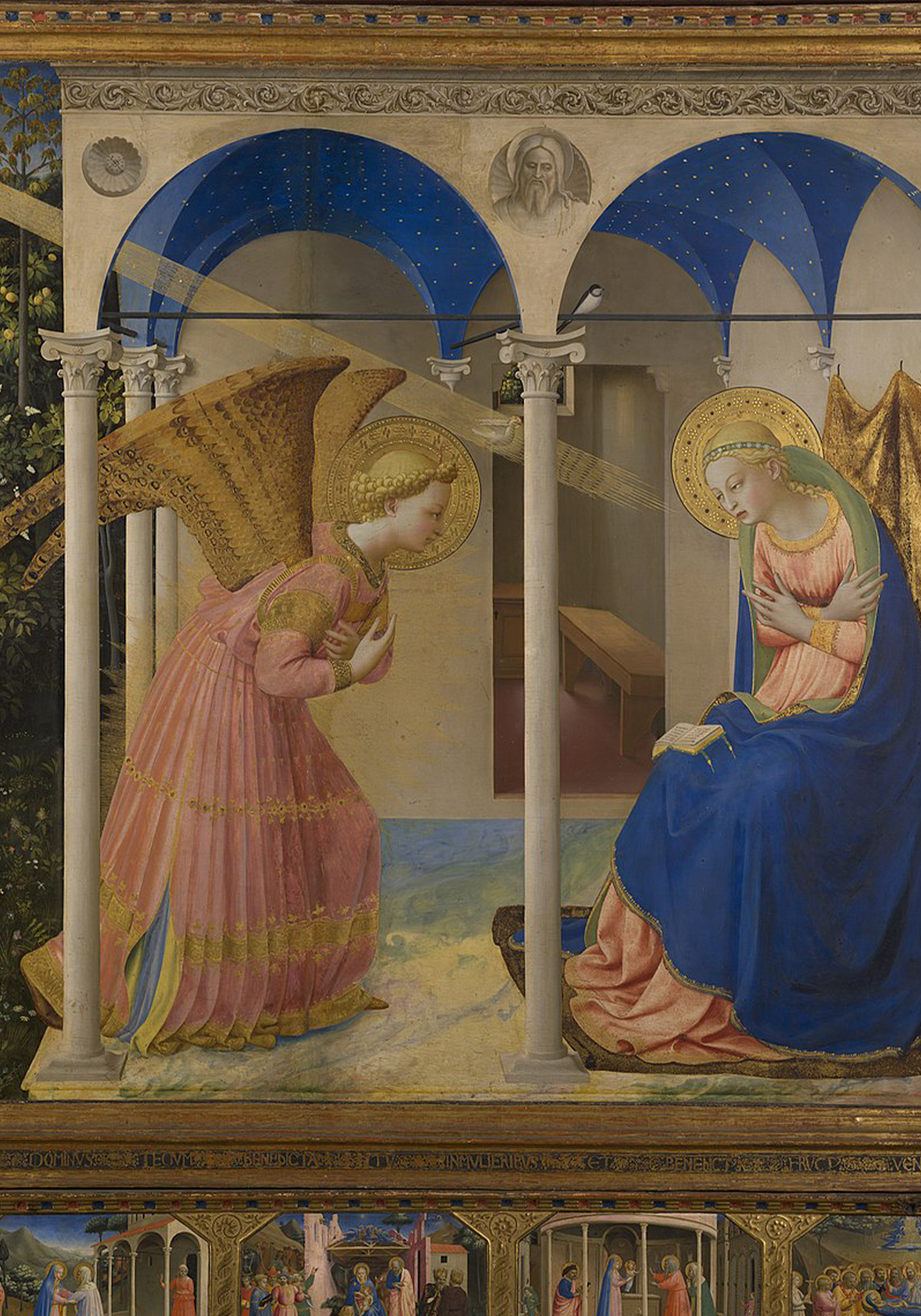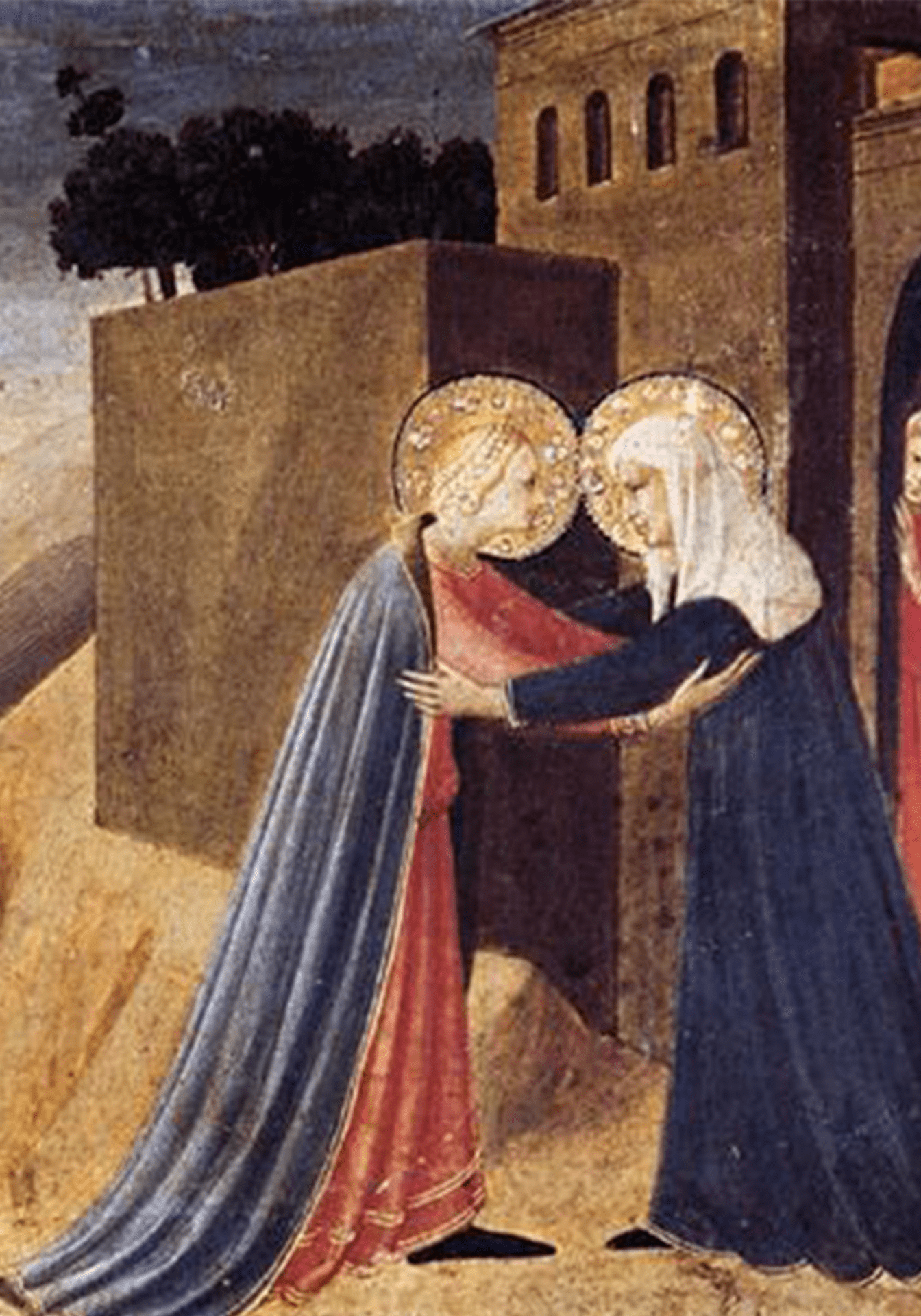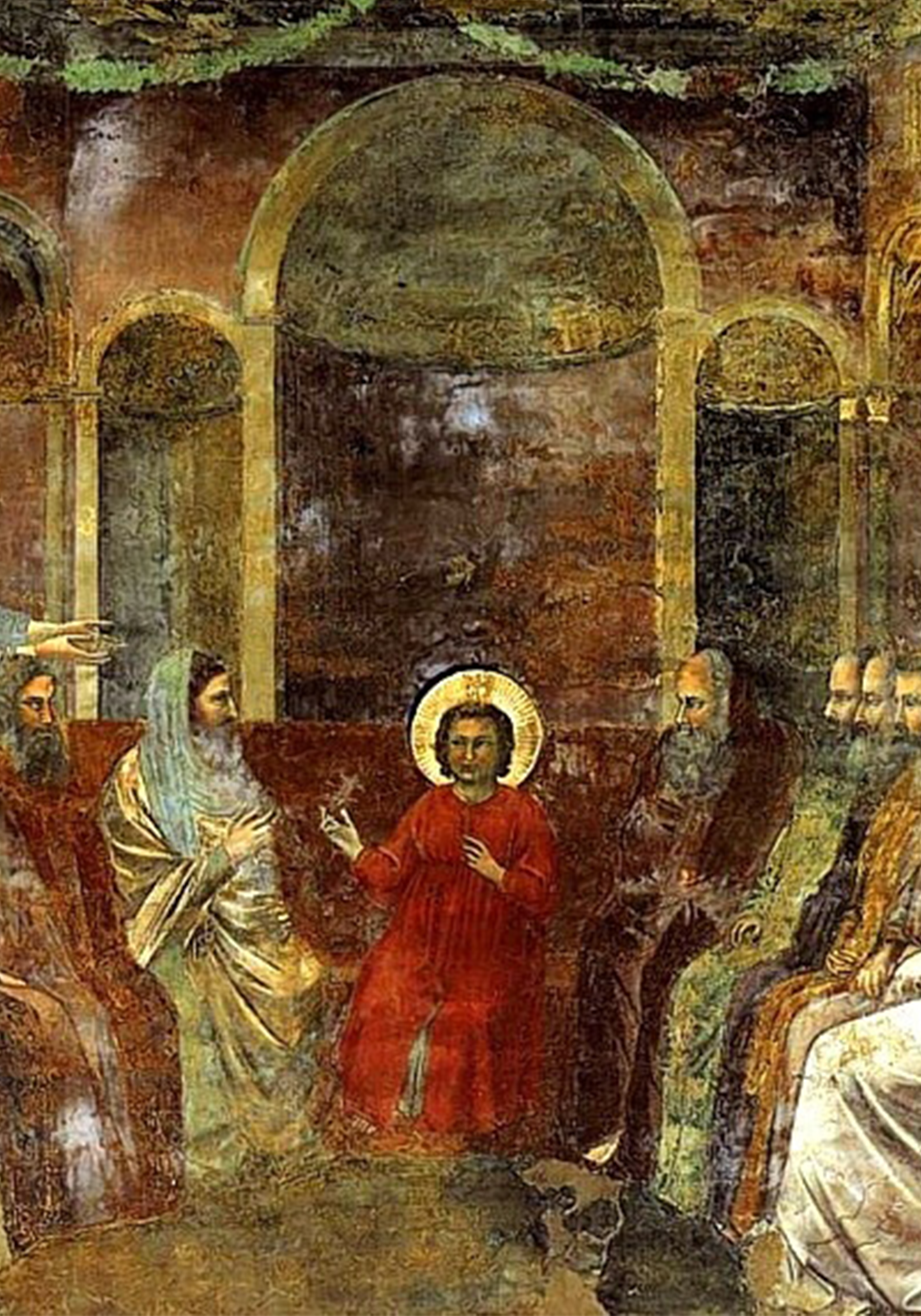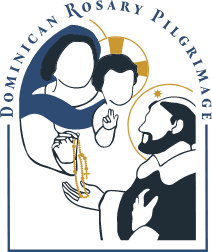Throughout his extensive pontificate, Pope Saint John Paul II held a deep devotion to the Blessed Virgin Mary and the Most Holy Rosary. In 2002, he introduced the Luminous Mysteries to the rosary, explaining their significance in his apostolic letter, “Rosarium Virginis Mariae.” ”Moving on from the infancy and the hidden life in Nazareth to the public life of Jesus, our contemplation brings us to those mysteries which may be called in a special way “mysteries of light”. Certainly the whole mystery of Christ is a mystery of light. He is the “light of the world” (Jn 8:12). Yet this truth emerges in a special way during the years of his public life, when he proclaims the Gospel of the Kingdom. In proposing to the Christian community five significant moments – “luminous” mysteries – during this phase of Christ’s life, I think that the following can be fittingly singled out: (1) his Baptism in the Jordan, (2) his self-manifestation at the wedding of Cana, (3) his proclamation of the Kingdom of God, with his call to conversion, (4) his Transfiguration, and finally, (5) his institution of the Eucharist, as the sacramental expression of the Paschal Mystery.”
The Apostolic Letter of St. Pope John Paul II entitled Rosarium Virginis Mariae.
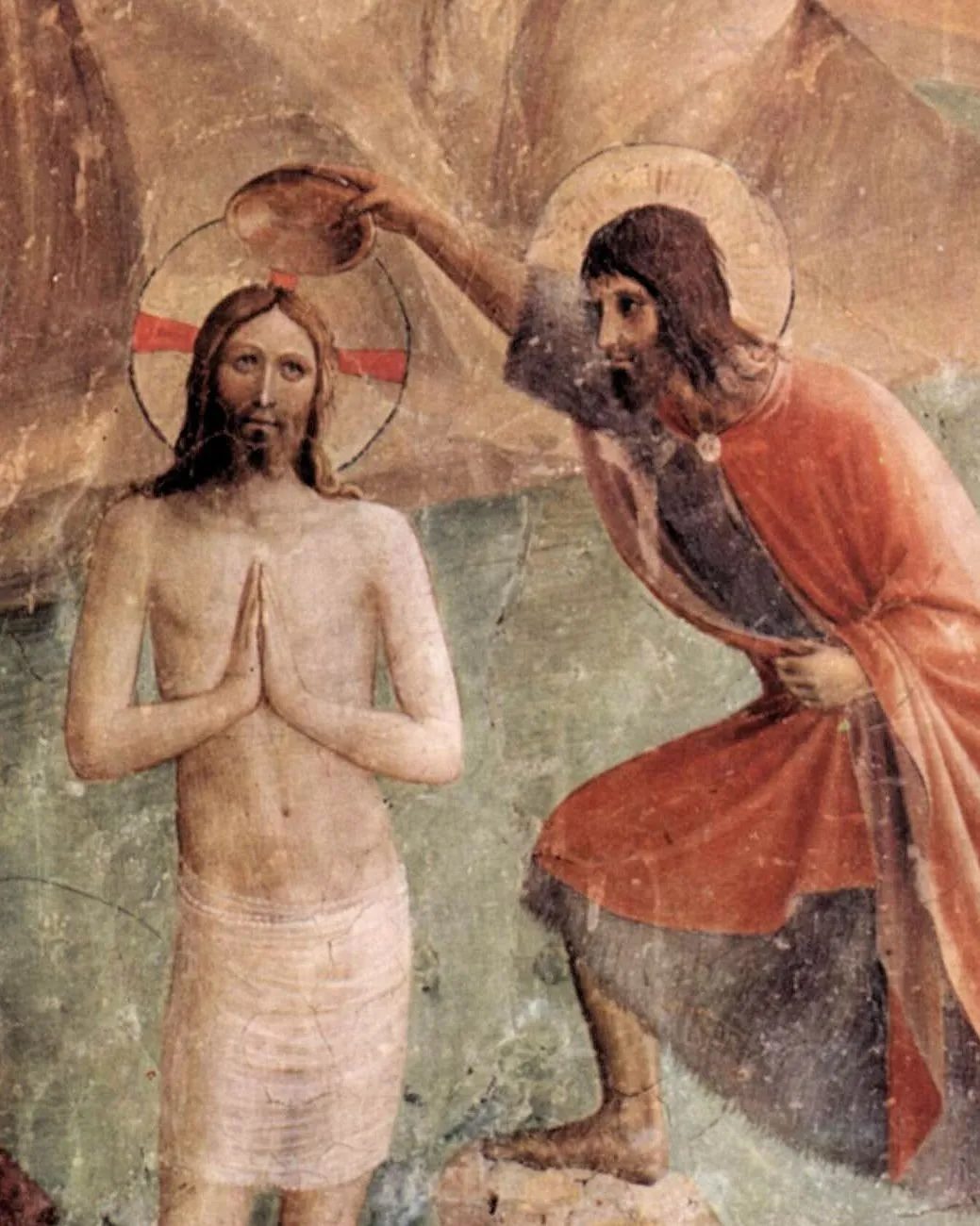
First Luminous Mystery: The Baptism of the Lord
“In Those Days Came John The Baptist, Preaching In The Wilderness Of Judea, ‘Repent, For The Kingdom Of Heaven Is At Hand.’” Matthew 3:1-2
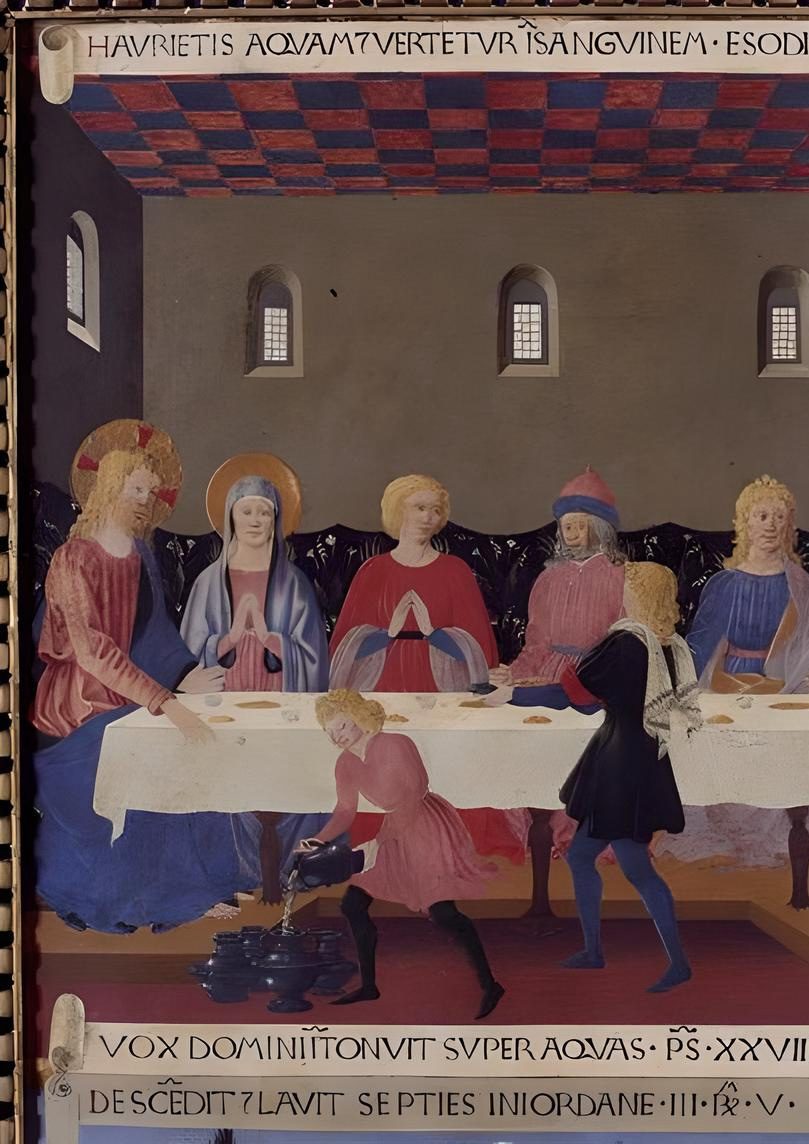
Second Luminous Mystery: The Wedding Feast At Cana
“There Was A Marriage At Cana Of Galilee, And The Mother Of Jesus Was There; Jesus Also Was Invited With His Disciples.” John 2:1-2
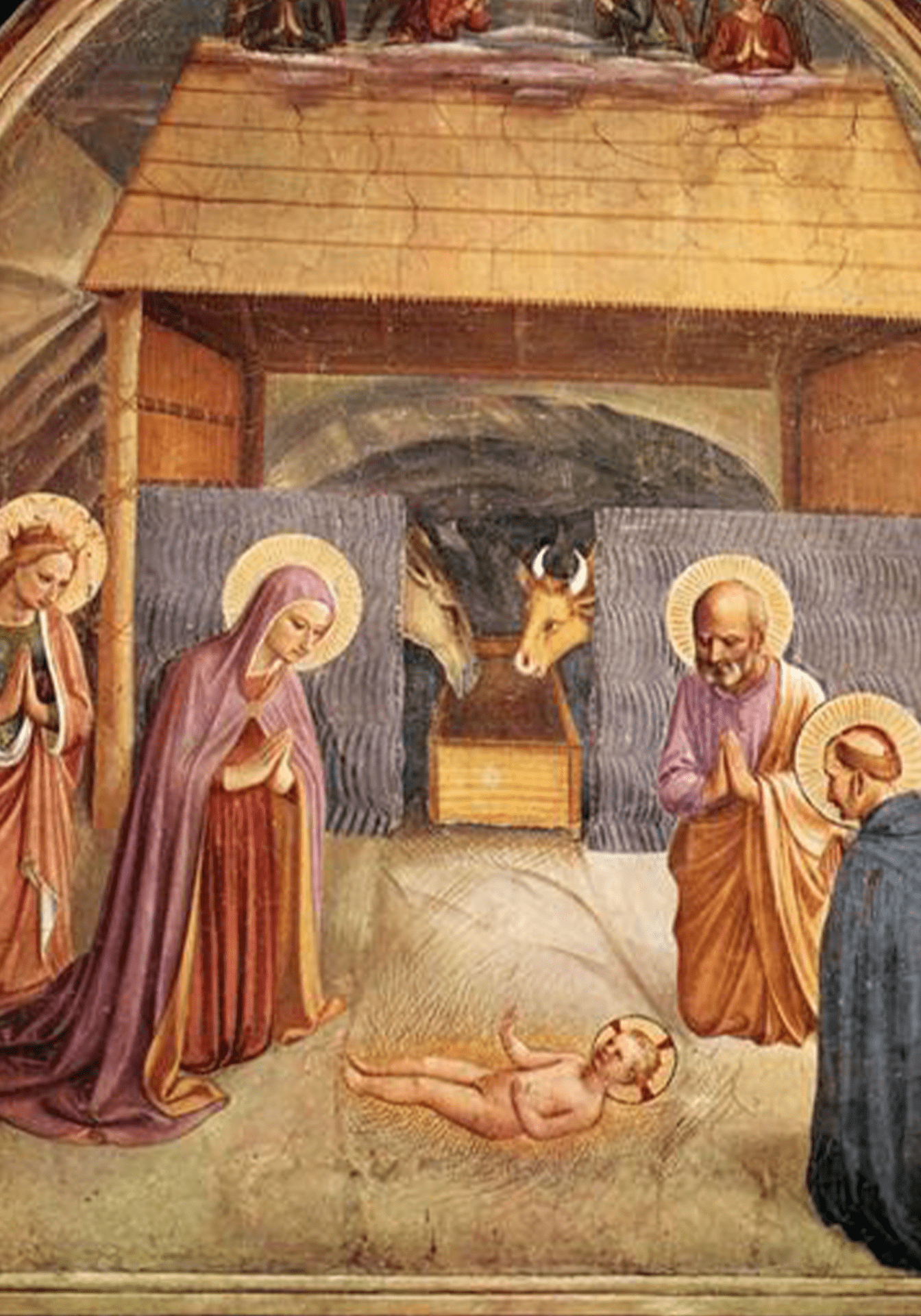
Third Luminous Mystery: The Preaching Of The Kingdom Of God
“Crowds, [Jesus] Went Up On The Mountain, And When He Sat Down His Disciples Came To Him. And He Opened His Mouth And Taught Them.” Mathhew 5:1-2
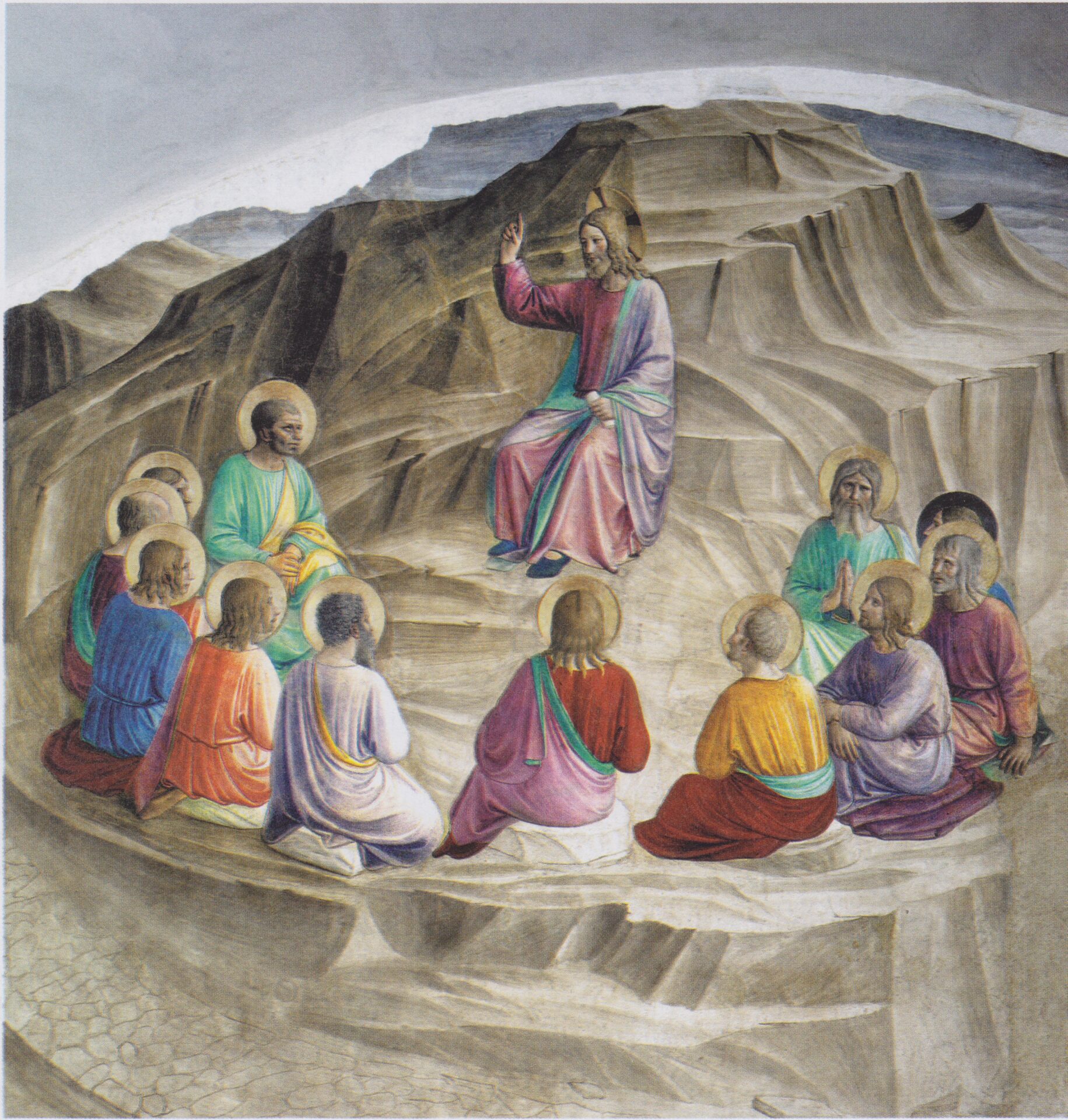
Fourth Luminous Mystery: The Transfiguration
“Peter And James And John, And Led Them Up A High Mountain Apart By Themselves.” Mark 9:2
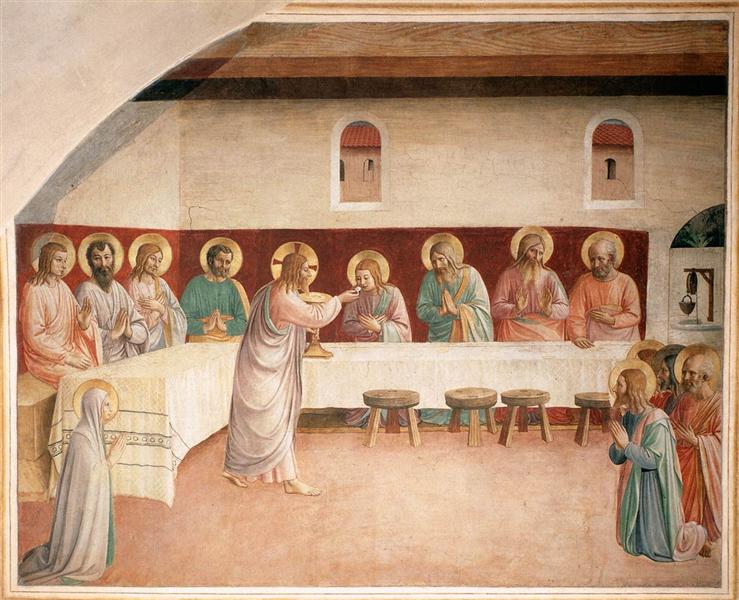
Fifth Luminous Mystery: The Institution Of The Most Holy Eucharist
“Disciples Had Prepared The Passover, When The Hour Came, Jesus Sat At Table And The Apostles With Him. And He Said To Them: ‘I Have Earnestly Desired To Eat This Passover With You Before I Suffer; For I Tell You I Shall Not Eat It Until It Is Fulfilled In The Kingdom Of God.’” Luke 22:14-16
We Invite You to Pray the Joyful Mysteries with Us
